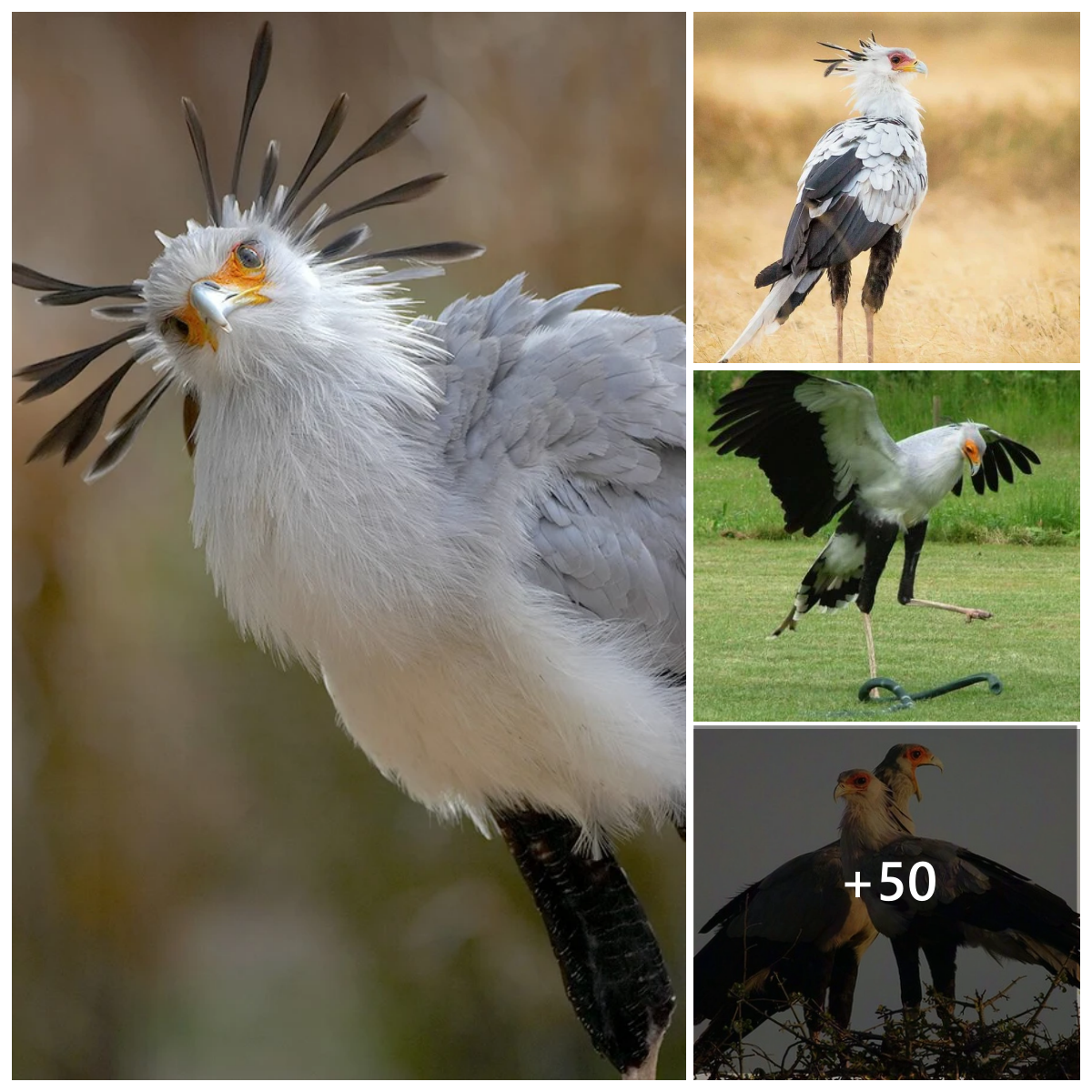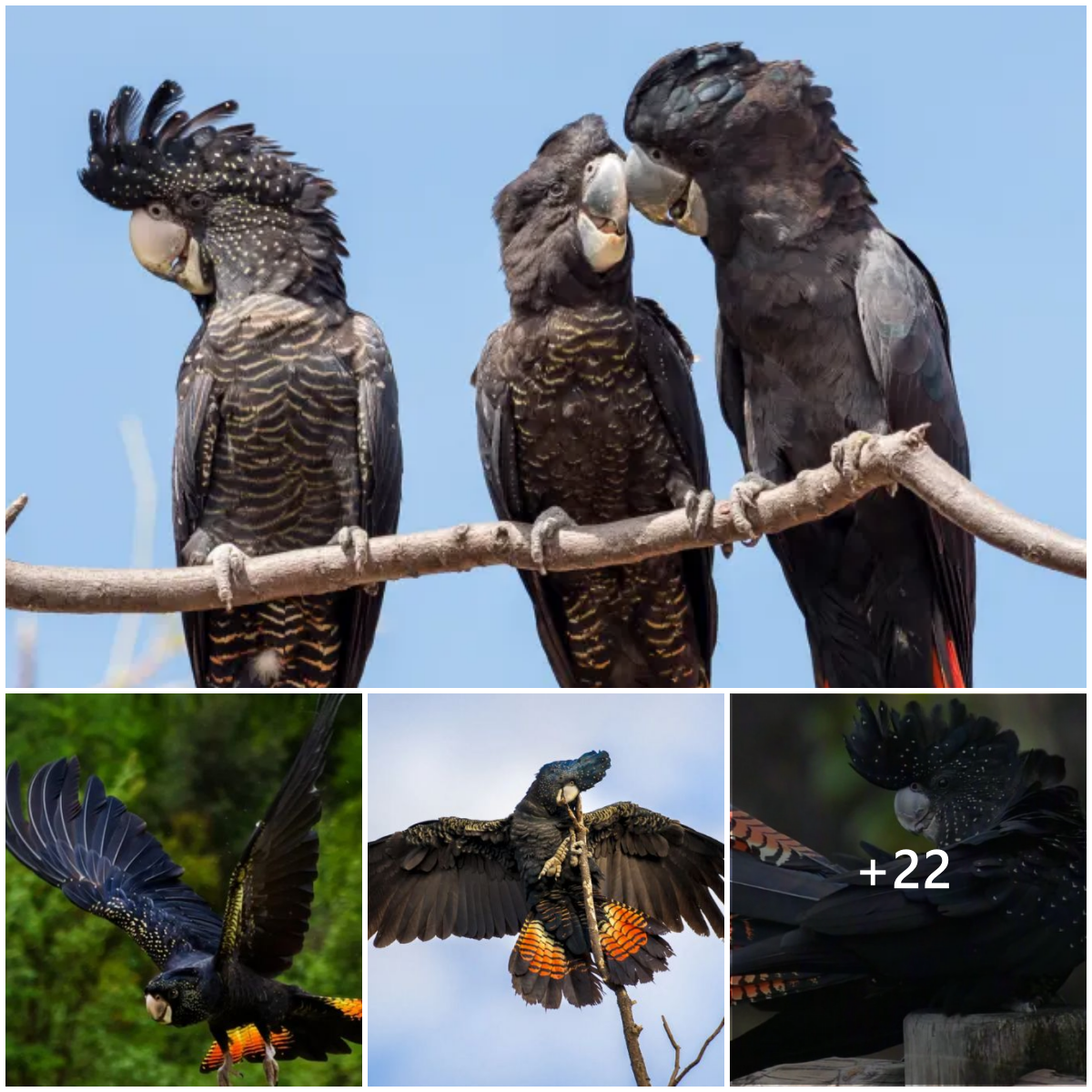The neon bird is a small species of bird that belongs to the family of tanagers. The bird is native to the dense forests of Central and South America, where it has evolved to blend in perfectly with its surroundings. The bird’s feathers are a combination of electric yellow and pale blue, creating a stunning display of color that is almost hypnotizing to look at. But don’t be fooled by its beauty – this bird is a master at hiding in plain sight.

The neon bird is known as the chameleon of birds because of its remarkable ability to change its appearance to match its surroundings. It can adjust the color of its feathers to blend in with the leaves and branches of the forest, making it almost impossible to spot. This remarkable ability has allowed the neon bird to survive in the wild for generations, despite the many predators that would love to make it their next meal.
Researchers have been fascinated by the neon bird for years, studying its habits and behavior to learn more about this elusive species. They have discovered that the bird is incredibly intelligent and has developed a variety of tools and techniques to help it survive in its natural habitat. For example, the neon bird has a keen sense of hearing that allows it to detect predators from a distance. It also has strong legs and sharp claws that it uses to defend itself against attackers.
Despite its elusive nature, there have been some lucky sightings of the neon bird in recent years. Birdwatchers and nature enthusiasts have reported spotting the bird in various locations around the world, including South America, Central America, and Southeast Asia. These sightings have sparked renewed interest in the bird, and researchers are eager to continue studying this fascinating species.
The neon bird plays an important role in the ecosystem of its natural habitat. It feeds on a variety of insects, fruits, and seeds, helping to control the population of pests and spread the seeds of plants throughout the forest. The bird is also an important source of food for predators such as snakes, hawks, and owls, which rely on the neon bird for their survival.
In recent years, the neon bird has faced threats from habitat loss and climate change. The destruction of its natural habitat has forced the bird to adapt to new environments, which can be challenging for a species that depends on camouflage for survival. The increased frequency of extreme weather events has also made it more difficult for the neon bird to find food and shelter.
In conclusion, the neon bird is a fascinating and elusive species that has captivated the attention of researchers and nature enthusiasts for years. Its remarkable ability to blend in with its surroundings has allowed it to survive in the wild for generations, but it now faces new challenges from habitat loss and climate change. We must work to protect this remarkable species and ensure that it continues to thrive in the wild for generations to come.





